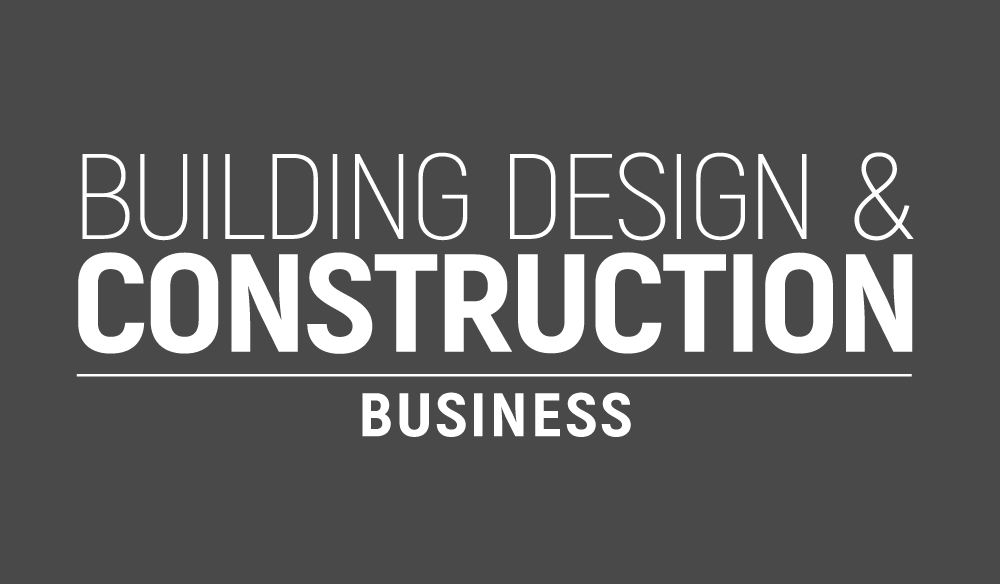As the online gaming industry continues to grow, players expect seamless, high-performance gaming experiences—no matter their location or device. Nowhere is this expectation more critical than in online casino gaming, where engagement hinges on instant access, smooth interactions, and real-time feedback. To meet these demands, developers are increasingly turning to cloud-native architectures to build and deliver instant-load casino games that work anywhere in the world.
The Need for Instant-Load Experiences
Traditional game deployment models often rely on heavy client-side downloads or large assets that load before gameplay begins. This can result in long wait times, which are especially detrimental in the competitive casino gaming market. Players are more likely to abandon games that take too long to start, directly impacting engagement and revenue.
Cloud-native architectures address this challenge by enabling instant-load gaming experiences. This approach is already being leveraged by some of the best UK non GamStop casinos, which often have a technological edge due to being licensed in more flexible, innovation-friendly regulatory jurisdictions. By hosting and streaming games directly from the cloud, these platforms eliminate the need for full downloads or heavy local installations. As a result, players can enjoy seamless access across a wide range of devices—including smartphones, tablets, desktops, and even smart TVs.
What Is a Cloud-Native Architecture?
A cloud-native architecture is an approach to building applications that leverages the full advantages of cloud computing models. Key characteristics include:
- Microservices: Applications are broken down into modular, independently deployable services.
- Containerization: Using tools like Docker and Kubernetes to package and orchestrate services.
- Elastic Scalability: Automatically scaling resources up or down based on demand.
- Global Distribution: Using cloud providers’ global data centres to minimise latency for users worldwide.
- CI/CD Pipelines: Automating development, testing, and deployment to ensure rapid iteration and updates.
These characteristics make cloud-native solutions ideal for casino games that need to be fast, responsive, and globally accessible.
Edge Computing and CDN Integration
One of the most effective strategies for achieving instant load is integrating cloud-native apps with Content Delivery Networks (CDNs) and edge computing. By distributing game assets to edge servers located closer to the user, developers can dramatically reduce load times.
For example, a slot game built with a React frontend and hosted in AWS can push its assets to CloudFront edge locations. This means that whether a player is in Tokyo, London, or São Paulo, game assets are served from the closest possible server, resulting in sub-second load times.
Stateless Game Servers and Session Management
Casino games often require real-time interaction with a backend—such as updating a user’s balance, handling bets, or displaying real-time results. Stateless game servers are a natural fit in a cloud-native environment, where each instance can handle requests without storing session data. Instead, session states can be managed using distributed caches like Redis or cloud databases like DynamoDB.
This architecture allows for high resilience and horizontal scaling, ensuring that even during peak traffic, users experience zero downtime and instant responsiveness.
Benefits for Developers and Operators
The following are some of the benefits for developers and operators alike:
- Faster Time to Market: Cloud-native approaches and automated pipelines mean new games and features can be developed and deployed rapidly.
- Reduced Costs: Pay-as-you-go cloud models eliminate the need for over-provisioning infrastructure.
- Global Reach: With data centres around the world, cloud-native games can target international audiences with minimal latency.
- Improved Compliance: Cloud-native environments make it easier to adapt to regional regulations and data residency requirements.
The Future of Casino Gaming
With 5G networks expanding and low-latency edge computing becoming more accessible, cloud-native architectures’ capabilities will only improve. Features like real-time multiplayer, live dealer streaming, and personalised in-game promotions are all easier to implement and scale using cloud-native tools.
In this new era, the winners in the online casino space will be those who can deliver immersive, instant-load gaming experiences to players anywhere, anytime—without compromise. Cloud-native architecture is the foundation that makes this possible.





